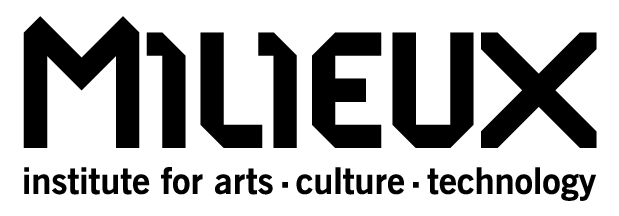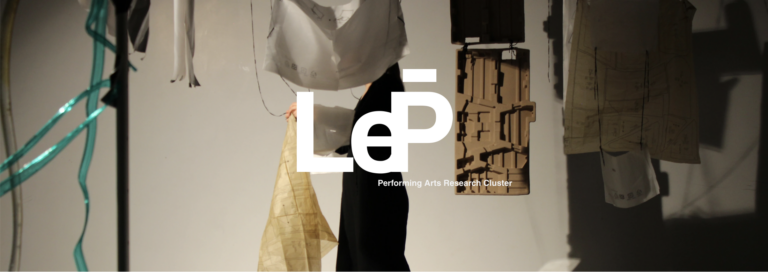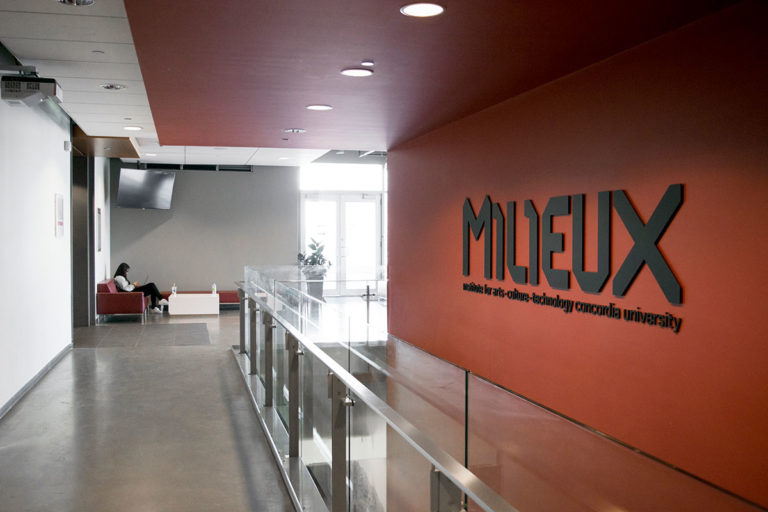On May 11th 2023, the Solar Media Collective organized a full-day symposium including three roundtables and a workshop at Concordia University’s Next-Generation Cities Institute. The collective had invited an eclectic range of guests – artists, activists, organizers, scholars, and students – to discuss topics surrounding the situatedness, scalability, and futurity of solar power in the energy transition. Throughout the day, a shared focus emerged on creative practices as an imaginative force and as a mode of future-building. The hopeful, playful, and joyful invitations that emerged throughout the day were a testament to the collective’s commitment to practice-based thinking and collective action. This symposium rallied a group of people that typically work in spaces separated by institutional or disciplinary contours around a collective project: how to build a just solar future?

Roundtable #1: “Art, Literature, and Aesthetics of Hopeful Futures: Creative Imagining and the Renewable Energy Transition” started us off with the provocation that art practices shape the possible modes and aesthetics in which a solar future might unfold. The participants in this roundtable, Jasmine Sihra, Ariel Kroon, Mathieu Lauzon-Dicso, Malte Leander, and Alex Nathanson, discussed the affordances of solar punk as an aesthetic and narrative genre that imagines a sustainable future based on community and diversity. Ariel Kroon explained solar punk as responding to the need to imagine the future from where we are now (in the climate crisis), rather than from techno futuristic sci-fi cliches “like spaceships and neon skyscrapers.”
Solarpunk, and Hope Punk as well, as the panelists discussed, respond to a contemporary reality, and build a future imaginary off the needs and imperatives of that reality. During the roundtable, this realization brought up a question about the relationship between future imagining and action. All participants agreed on the imaginative qualities of art, speculative fiction, solar punk, etc., but that they can also be helpful for its concrete opportunities in creation, design, and world-building beyond that. If the end of the world has already happened, how do we reconstruct a world based on principles of collectivity and diversity?

Roundtable #2: “Ludic Solarities: Developing, Distributing, and Deconstructing Games in Tandem with the Sun” started to combine speculative futures with modes of designing and creating solar technologies. The realization echoed among participants was that games can be another imaginative force. Yet, the participants in this roundtable acknowledged that gaming hardware also has a material reality. Games are wrapped up in logics of production and distribution that have ecologically significant outputs and inputs.
A presentation of TU Delfts’ battery-free GameBoy, presented by Przemysław Pawełczak, initiated a discussion on so-called ‘playful photovoltaic adaptations’. How can we think about games, or ludic technology, in orientation with the sun? A.R. Siders encourages us to think about how games can be pedagogical tools to help us reconsider our relationship with the sun. A question from the audience prompts the participants to think about why these speculative designs seem to always involve retro games. We tend to think about Solarpunk as futuristic, but these game designs and technologies look like they are 20-30 years old. Is it about nostalgia, or is the retro aesthetic integral to solar punk? In response, some panelists argued that it’s a move against planned obsolescence. We should not be making more technology when there is already so much consumption. Reclaiming older games and technologies is a way to recycle hardware that otherwise would have become obsolete. Pawełczak and Custodio note that retro games simply require less energy and are simpler and cheaper to make and run on solar power.

Workshop: The Oracle for Transfeminist Technologies
In this workshop led by Solar Media Collective member Janna Frenzel, we were introduced to The Oracle for Transfeminist Technologies, designed by members of the organizations Coding Rights and the Design Justice Network. The card-deck-based game presented in this workshop is an imaginative exercise for creating speculative technologies that start with feminist values and aim to make technologies that we actually want. Each participant is dealt a few cards from the deck, containing ‘values’, ‘situations’ and ‘objects’ and is invited to imagine a transfeminist technology with those objects, based on those values, and responding to those situations you are given. Afterwards we were invited to share and discuss our imagined technology. It is a generative brainstorming exercise, which raised questions about how to implement values in design practice and how to effectively respond to collective needs and desires. As seen in the photo below, some laughs were shared during the workshop as well.

Roundtable #3 on “Building Solar Relations: Social, Political, and Economic Transformations Towards Energy Justice.” This last roundtable of the day focused on so-called ‘solar relations’: what kinds of communities and collective forms can be developed through shared relationships with the sun, and how can we accomplish this through solar technology? This discussion returned to the problem of scalability that has been central throughout the day’s conversations. Speculative design and exploratory technologies are great imaginative exercises. The realization that we can actually create things is powerful. But these technologies have real limitations. Janna Frenzel asks: why do we engage in this type of work if we always run up against the problem of scaling up? Why do this work if we can’t see a change in larger patterns of production and consumption? From this question, a helpful distinction arises between ‘scaling up’, as centralized solar technology creating more energy for more people, and ‘distribution’, as low-scale technology but widely distributed among individuals and communities. If solar technologies are simple, easy, or cheap to make, we would not need a top-down implementation of solar technology. A grassroots distribution of solar technology know-how, makes solar relations possible and accessible for more people. This is what the Solar Media Collective ultimately aims to envision.

As the symposium draws to a close, the discussion turns towards the affordances and limitations of the institutional contours in which many of the participants do their work. Anne Pasek says, helpfully and hopefully: “There are utopias to be found in institutions only because we make them as such.” Walking out of this symposium I believe it. There are solar punk utopias pocketed away in many places, hard at work at scaling up various value-driven practices and technologies and the Solar Media Collective is one of them.
Recap by Laura Pannekoek, PhD Communication Studies
Learn more about the Solar Media Collective: https://www.solar-media.net/



